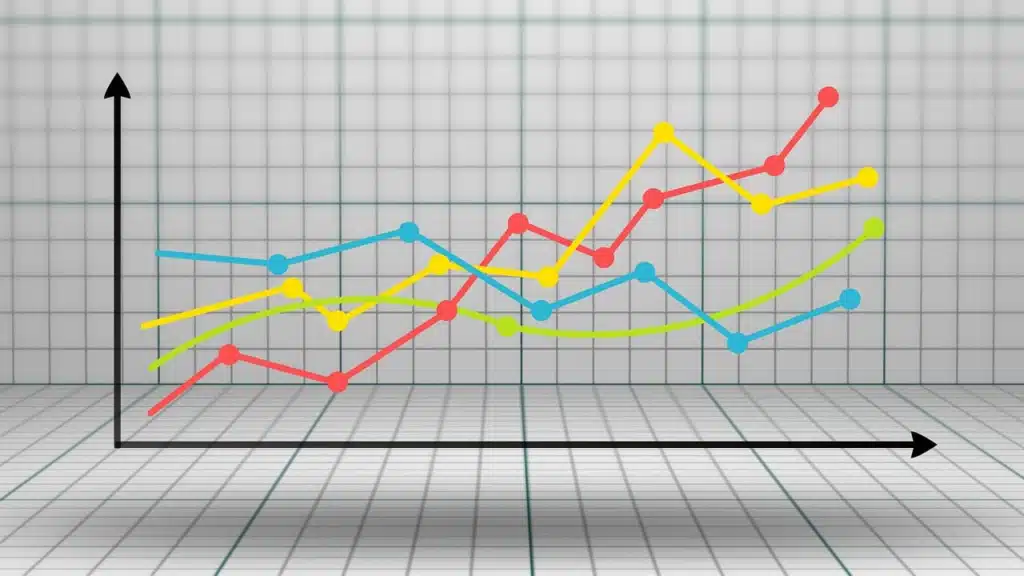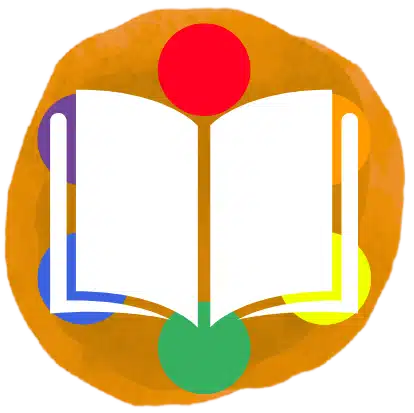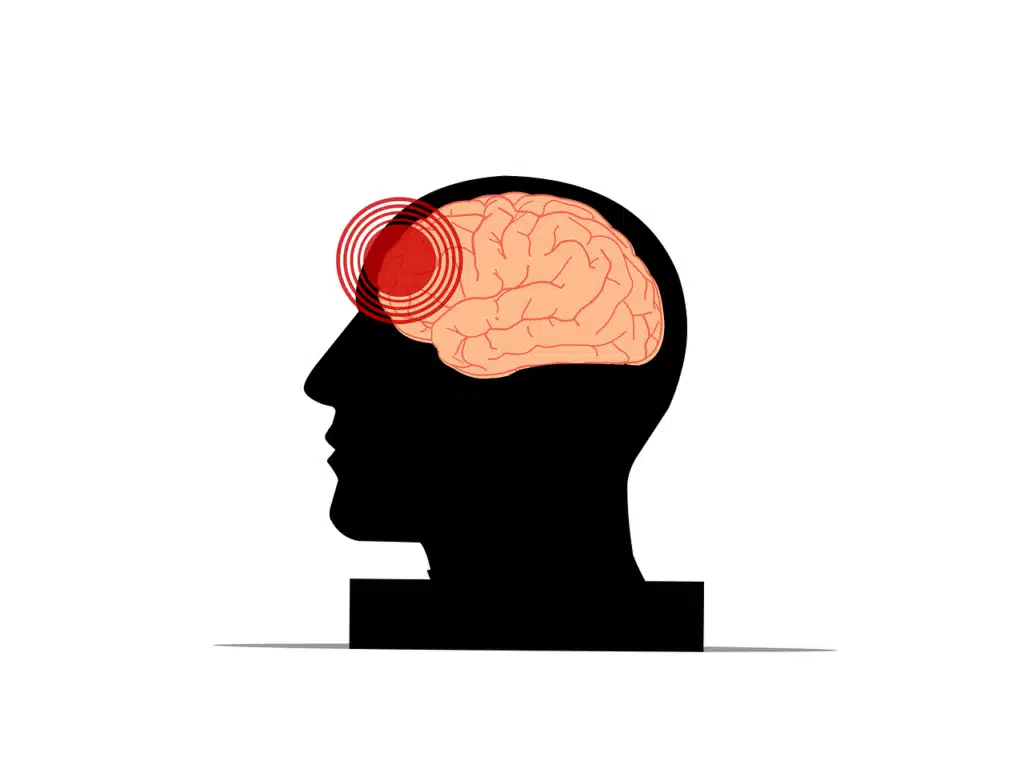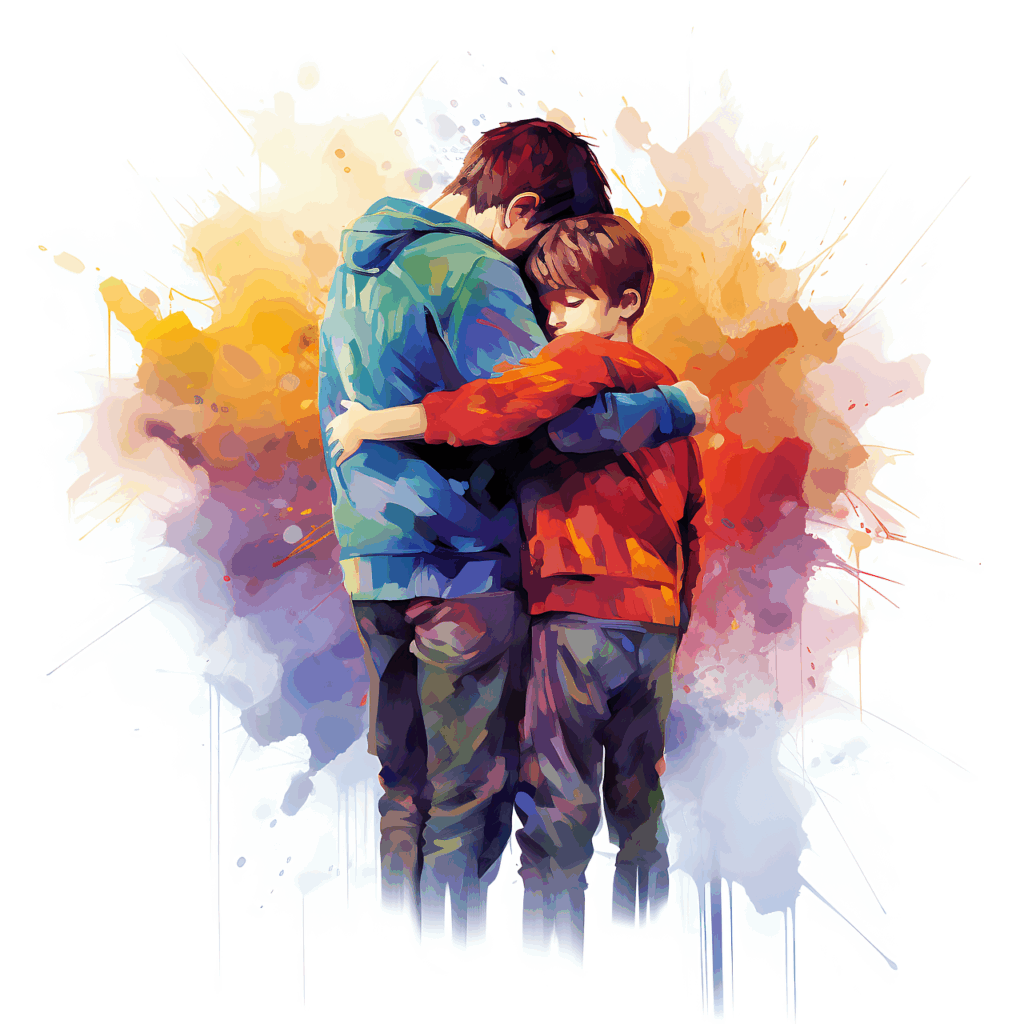Inconsistent Data
Hey there, fellow data crunchers! Let’s talk about that rollercoaster ride we all know too well: student progress graphs. You know, the ones that seem to have a mind of their own, going up, down, and sometimes just chilling in the middle? Yeah, those.
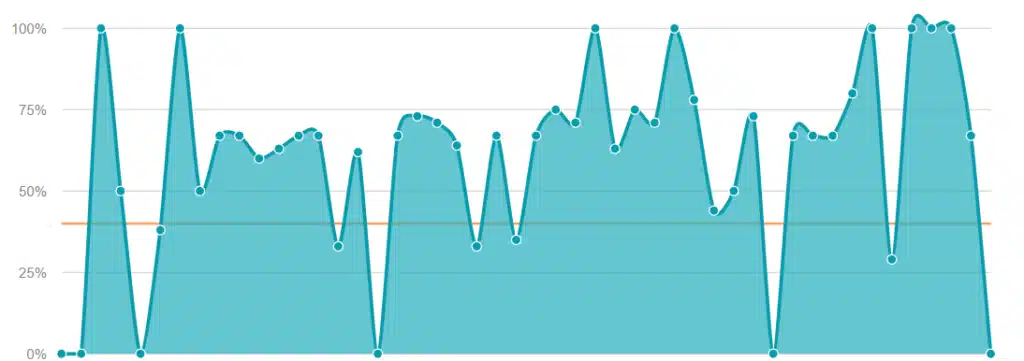
As a therapist, I’ve had my fair share of moments where I’ve stared at those graphs and wondered, “Am I actually making a difference here?” It’s like a never-ending game of second-guessing ourselves. And certainly, the system is set up to tell us that graphs like these say “Yes, you are doing it wrong.” But here’s the thing: those graphs don’t tell the whole story.
Mood
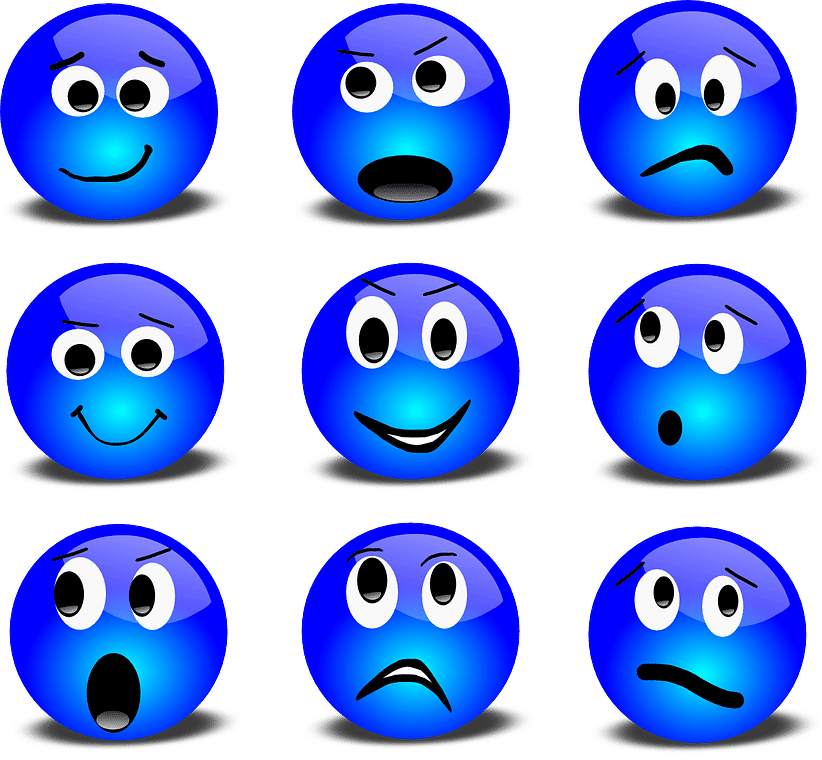
Behind every data point is a whole bunch of stuff happening in our students’ lives. Take mood, for example. Ever had a session where your student seemed off, but you couldn’t quite put your finger on why? Mood plays a big role in how our students engage with therapy and how they tackle the material we throw their way. And there are SOOOO many things that can affect our students’ moods…especially those of us that are working with secondary students. Am I right?!!!
Check-Ins
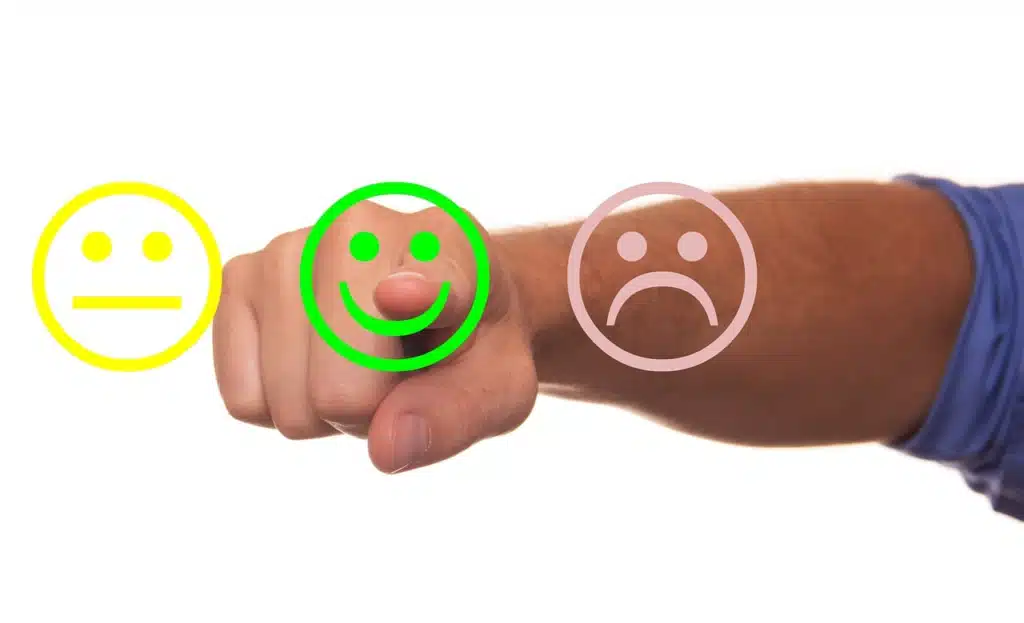
That’s why I started thinking about doing a quick vibe check at the start of each session. Just a simple “How are you feeling today?” can give us a lot of insight into what might be going on behind the scenes. Sometimes, those kids that don’t like to answer “How are you?” will respond to “What’s the best thing about today?”
Or, maybe for those students who are more up and down than others, a more formal scaled check-in for you to track and see if your data matches with their mood. It’s all about acknowledging the human side of therapy and recognizing that emotions matter just as much as data points. And truly, it can affect rapport and make therapy more effective in the long term.
Background Knowledge

And let’s not forget about background knowledge and interest levels. Some students might be struggling because they’re missing some basic building blocks. Background knowledge that
we used to be able to assume is no longer universal, especially with this generation of kids affected by COVID and the increase of screen time, who may have missed out on those activities such as birthday parties and camping.
Interest Level

As far as interest level, well, we all know how that goes! And once they can’t be kept interested by a game while they work, it can be quite a struggle to keep the eye rolls down. I try to keep interest level higher by giving students choices, even if it is in which activity we will do first. My secondary students are almost all reading short stories that they have picked out from several choices that I have curated for them from genres they have requested. This has really seemed to help keep their interest levels up, and I am able to address nearly every goal with these stories.
Speech-Language Artists
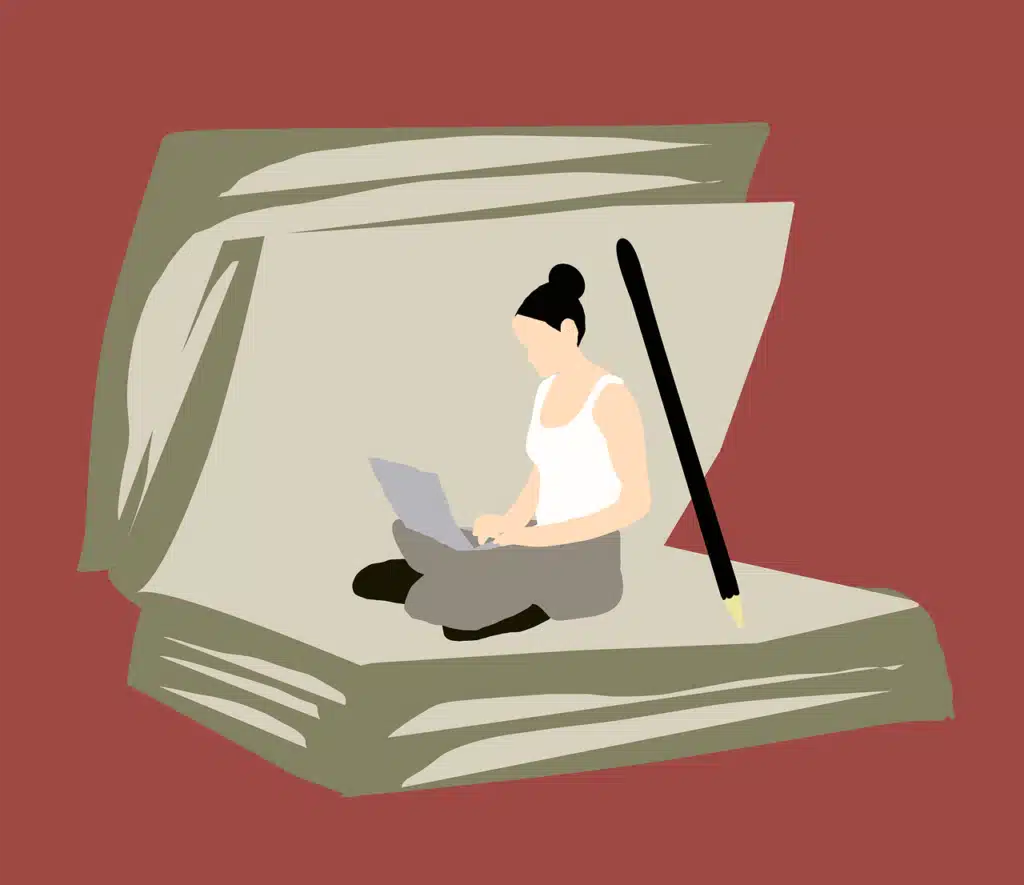
So here’s the deal: therapy is equal parts science and art. Sure, data is important, but it’s not the whole story. We’ve gotta cut ourselves some slack and remember that progress isn’t always a straight line. It’s more like a crazy zigzag with a few loops thrown in for good measure. And we are the artists! There’s a reason we have that Master’s degree and a triple of C’s behind our names.
At the end of the day, what really matters is the impact we have on our students’ lives. It’s about creating a space where they feel supported, valued, and understood. So let’s keep doing what we do best, knowing that our efforts extend far beyond those pesky progress graphs. After all, it’s the human connections that truly make a difference. As Maya Angelou said “I’ve learned that people will forget what you said, people will forget what you did, but people will never forget how you made them feel.”
So give your kids that kind of memory, and work on the goals in the meantime.
Here’s to you, my word artists!
Social Media Icons: designed by rawpixel.com – Freepik.com
